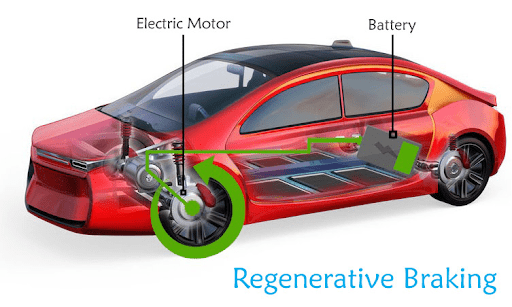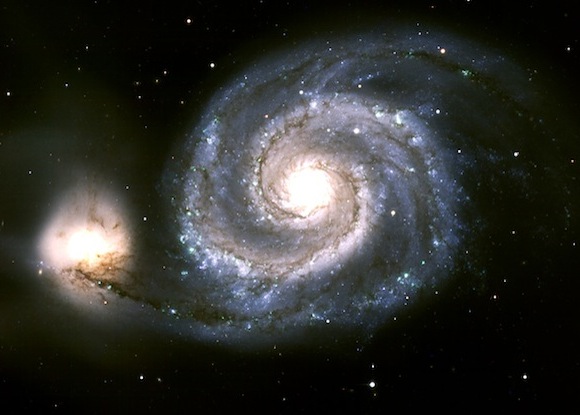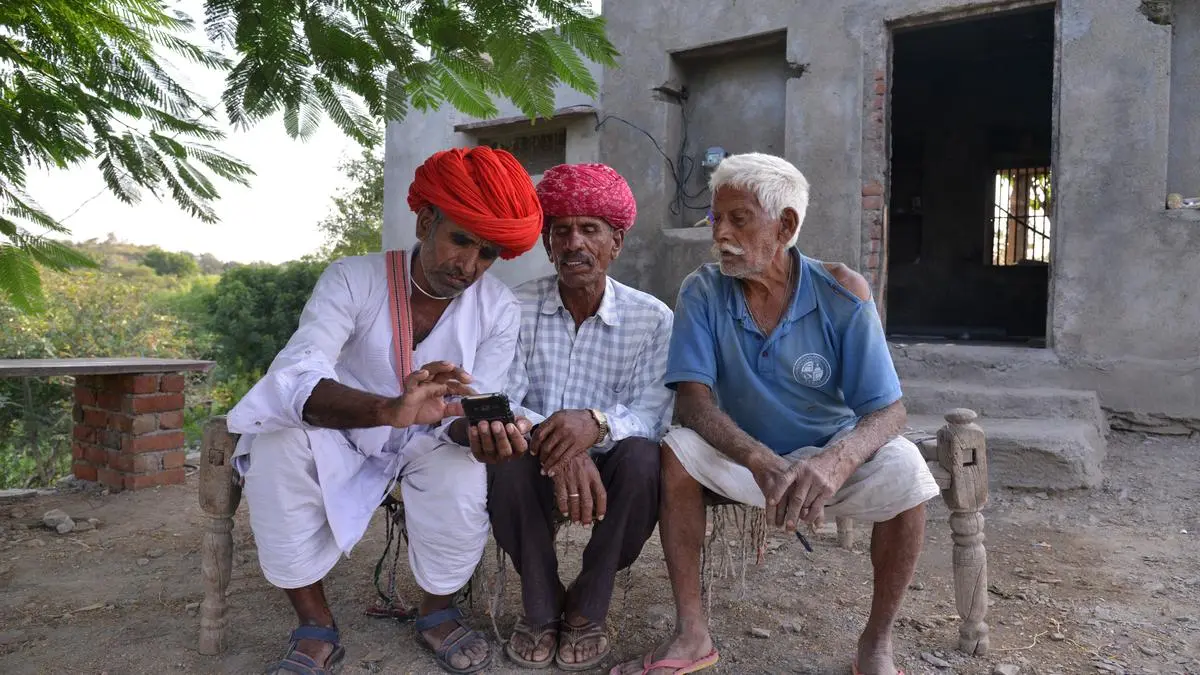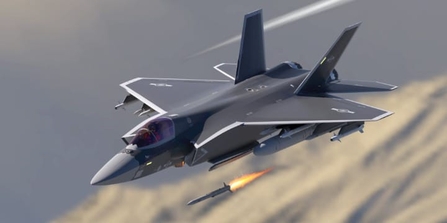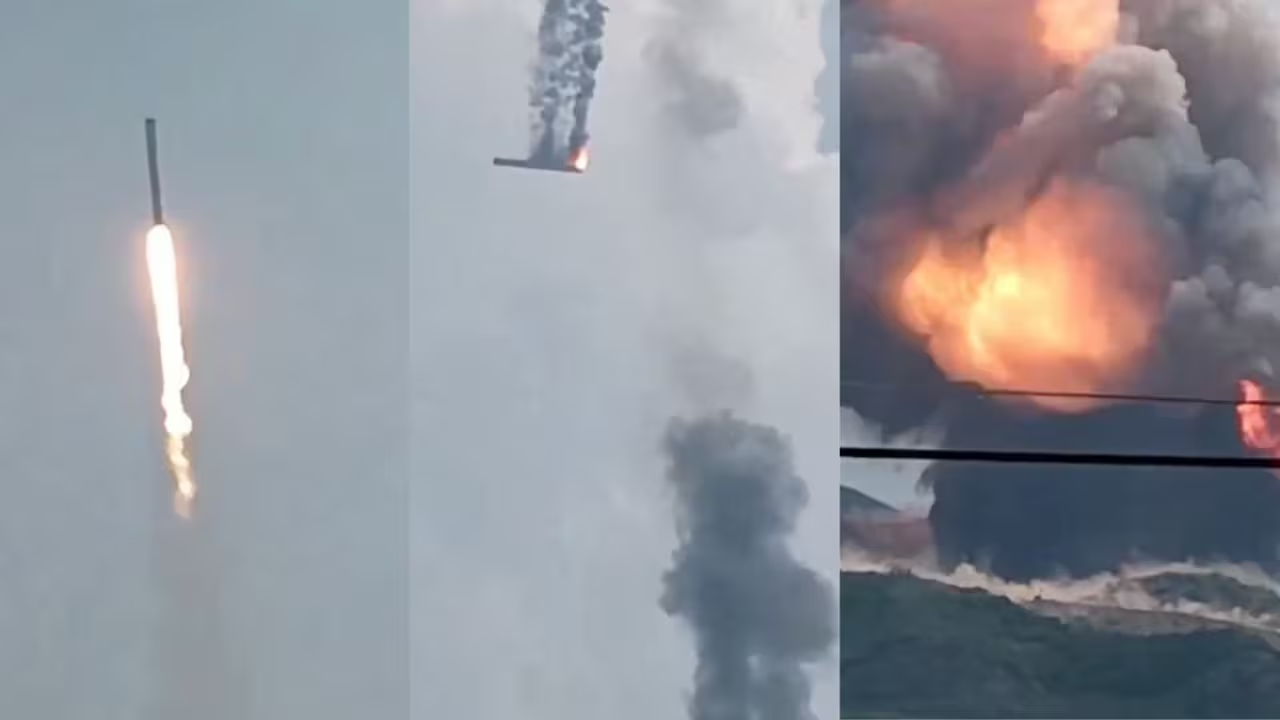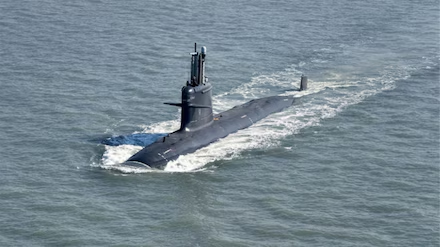The Hindu : Page 07
Syllabus : GS 3 : Science and Technology
India’s space program, led by ISRO, faces challenges in aligning launch vehicle capabilities with market demand under a shift to a demand-driven model.
- Despite robust satellite applications, educating potential users and enhancing launch vehicle capacities are critical amidst evolving economic and private sector dynamics.
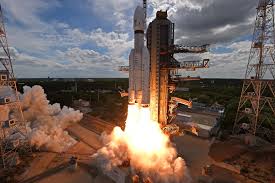
Launch Vehicle Capability and Market Demand
- In June, the Chairman of the Indian Space Research Organisation (ISRO) highlighted that ISRO’s launch vehicle capability exceeds current demand by threefold. This statement has raised concerns in the spaceflight sector about the state of the space launch market.
- India operates four launch vehicles: the Small Satellite Launch Vehicle (SSLV), Polar Satellite Launch Vehicle (PSLV), Geosynchronous Satellite Launch Vehicle (GSLV), and Launch Vehicle Mark-III (LVM-3). These can launch satellites up to four tonnes to geosynchronous orbit.
- For heavier payloads exceeding four tonnes, India relies on foreign launch vehicles like Europe’s Ariane V and SpaceX’s Falcon 9.
Challenges in Demand Creation
- The challenge lies in creating awareness and demand for space-based services among potential users such as businesses, government entities, and the general public.
- This education is essential for stimulating demand for satellites and, consequently, launch vehicles.
- Examples include the need for space-based internet services where demand must be generated before satellite constellations are launched to provide the service.
Limitations and Upgrades in Launch Vehicles
- India’s current launch vehicles have limitations for certain missions; for instance, Chandrayaan 4 would require multiple launches of the LVM-3 due to payload capacity constraints compared to vehicles like China’s Long March 5.
- ISRO plans to enhance capabilities with semi-cryogenic engines for LVM-3 and proposes the Next Generation Launch Vehicle (NGLV) to handle heavier payloads up to 10 tonnes to geostationary transfer orbit (GTO), pending funding approvals.
- Continued success with the SSLV for smaller satellites is crucial as it encourages growth in satellite size and complexity, thereby increasing demand for launch vehicles.
Conclusion
- The transition to a demand-driven model in India’s space program requires effective customer education and market stimulation to align satellite and launch vehicle production with identified needs.
- This strategic shift aims to optimise resources and foster sustainable growth in the space sector.
UPSC Prelims PYQ : 2016
Ques: Consider the following statements:
The Mangalyaan launched by ISRO
1. is also called the Mars Orbiter Mission
2. made India the second country to have a spacecraft orbit the Mars after the USA
3. made India the only country to be successful in making its spacecraft orbit the Mars in its very first attempt
Which of the statements given above is/are correct?
a) 1 only
b) 2 and 3 only
c) 1 and 3 only
d) 1, 2 and 3
Ans : c)

